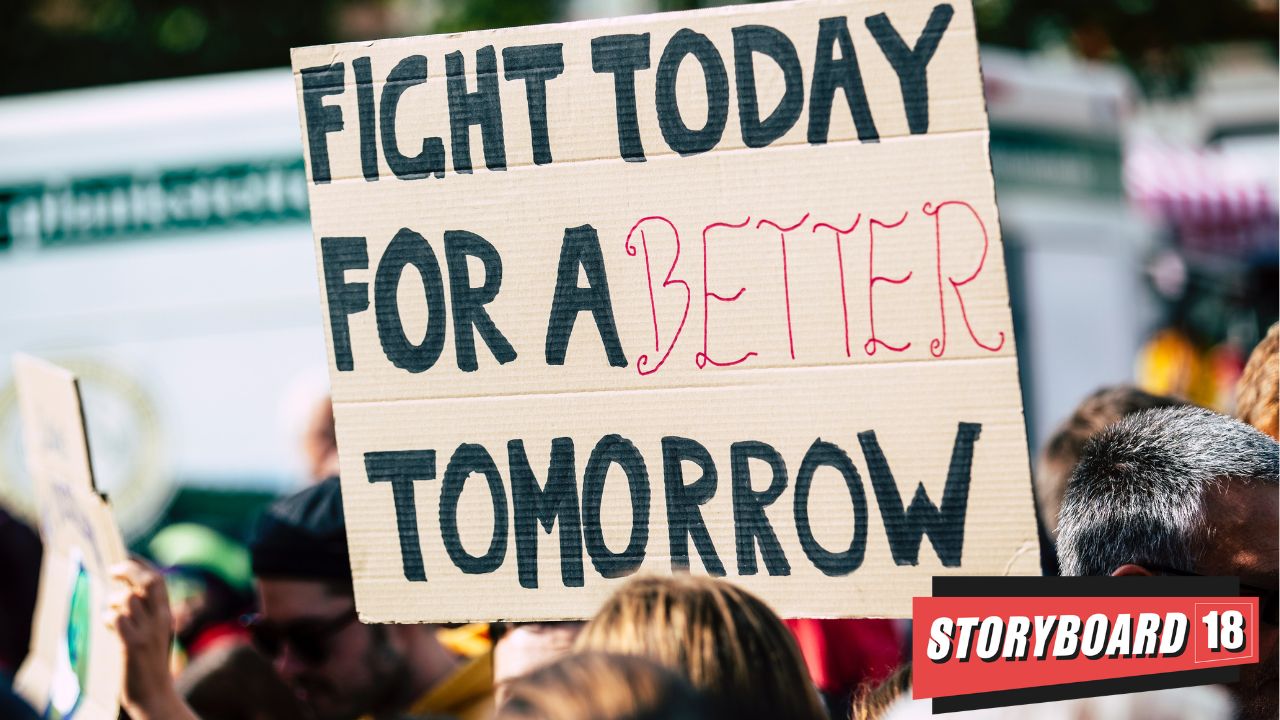As people in advertising, there’s no one way to define what we do. Some days we get the world to take notice of a shiny new product; other days we change how a brand is perceived. On most days, we’re selling. But at the heart of it is one thing that all advertising does. Good old-fashioned problem-solving.
Every day, we work with brands and businesses facing a gamut of problems, and we use the power of creativity, critical thinking, and lots of curiosity to fix them. The catch, however, is that the problems aren’t always straightforward.
Sure, brands have clear challenges. But, very often, these turn out to be symptoms of an issue rather than the issue itself. Besides, taking a challenge at face value can prove restrictive; we may lean towards tried-and-tested solutions to certain problems, which might not always be the most rewarding approach. At other times, problems aren’t always problems; they may just be a masked opportunity that’s ours for the taking.
In a world gunning for work that works, a critical step – and one that’s evident in nearly every piece of effective creativity – is to look past the obvious to find an unseen challenge or opportunity that needs to be resolved.
A ready reckoner that I’ve seen work wonders — and have relied on myself — is what’s known as the Problem Reframe. Most marketing begins with identifying big shifts in four key areas: the 4Cs of company, category, culture, and consumer. But in reality, some of the biggest latent opportunities lie in a fifth C: shifting the challenge.
That, however, doesn’t come easy. It needs a trusting partnership with clients to look beyond our brands’ immediate challenges and seek a larger issue to tackle: an indelible human problem stemming from consumer realities, resolving which would directly impact the brand and its business.
Whether formalised into a framework or instinctively practiced, most pieces of iconic advertising endorse a similar thought. Right from Listerine’s halitosis campaigns milking human insecurities around bad breath all the way to Heinz’s understanding of gamers’ hunger woes, some of the most successful — and effective — work from India over the years embody this Problem Reframe, including Cannes Lion-winning pieces like Project Free Period for Stayfree, Eatqual for McDonald’s, and the more recent work done on Indeed and Stayfree again.
Indeed — Changing the way India hires
The 2022 campaign for Indeed is one of the most exciting projects I’ve gotten to lay my hands on. Although a global leader, the odds were stacked against Indeed in India. The brand was a late entrant, struggling to translate awareness into business growth.
In decoding Indeed’s 4Cs, two things became clear to us: one, communication in this category was steeped in a sea of sameness, speaking almost exclusively to corporate India. Two, growth in a saturated market would come only when we found a lucrative subset of the larger pie to go after. Very quickly, an ideal audience became evident: SMB recruiters, who hired significantly through personal recommendations, risking their businesses.
The strategic redirection with choice of audience, complemented with a sharp cultural insight, allowed us to create an interesting problem reframe. From a typical battle to drive consumers down the funnel, we began to take a relook at how a job portal could change the way India does its hiring. The resultant campaign was a thumping success. Not only did we see a record uptick in SMB recruiters engaging with the platform, but Indeed also witnessed a direct impact on metrics like consideration, purchase intent, and, most importantly, revenue!
Stayfree — Changing India’s relationship with periods:
A piece of work I’d love to have been part of is Stayfree’s “It’s Just a Period”. In India, there’s a prevailing sense of shame around menstruation. The sanitary napkin category has tried to address this; even so, most brands speak of periods as something to be “managed”, perpetuating the status quo along the way.
Stayfree has been on a decade-long journey to shatter these taboos and drive the adoption of hygienic menstrual products. But during the pandemic, when nearly three-fourths of the two million girls starting their first period wouldn’t have support through this experience, the problem became very real.
Delving into the reality of most Indian girls, a sad truth became evident: the trauma begins at home. Starting from the very first period, they’re pushed into hiding their experience, especially from the men in the household. This not only forces them into a cycle of shame but also makes men unavailable (and unable) to offer support. So, Stayfree reframed the problem from a broad-stroke attempt at changing India’s thinking to a targeted approach to bringing men into the menstruation conversation.
“It’s Just a Period” not only reached over 15 million people (41 percent males) but also resulted in thousands of parents (particularly fathers) signing up for Menstrupedia’s four-session course on menstrual education.
While these are two examples of a problem reframe playing out closer to home, advertising is strewn with campaigns that apply creativity not only to the solution but also to the challenge being resolved. Because at the heart of advertising’s creative process lies a commitment to unearthing a niggling truth — a human problem — that creativity can fix. And as we’ve seen happen time and time again, business results and brand growth always follow.
(The writer is a senior strategist at DDB Mudra. Views expressed are personal.)
